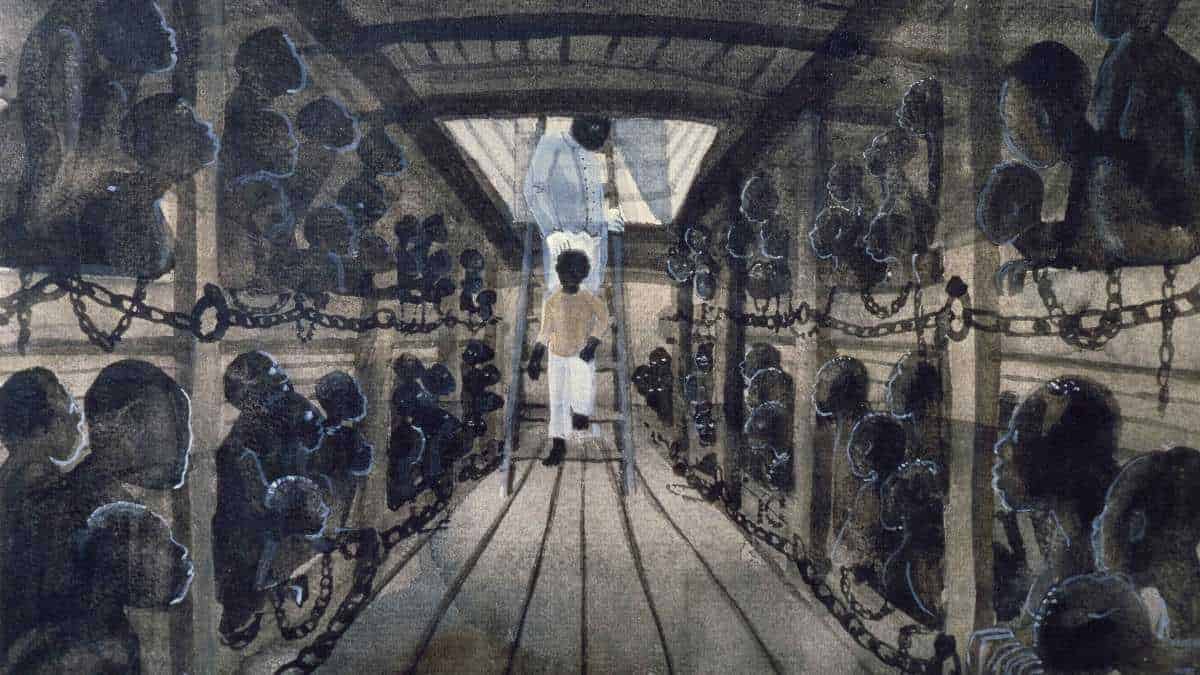

An estimated 15% of them died during voyage, with mortality rates considerably higher in Africa itself during the process of capturing and transporting slaves to the coast. Young women and girls were raped by the crew. Mortality was high those with strong bodies survived. The enslaved were transported in wretched conditions, men and women separated, across the Atlantic. Īccording to modern research, roughly 12.5 million slaves were transported through the Middle Passage to the Americas. With the growing abolitionist movement in Europe and the Americas, the transatlantic slave trade gradually declined until being fully abolished in the second-half of the 19th century. The enslaved Africans came mostly from the regions of Senegambia, Upper Guinea, Windward Coast, Gold Coast, Bight of Benin, Bight of Biafra, and Angola. Other European nations involved were Spain, Denmark–Norway, Sweden, Poland-Lithuania, Prussia and various Italian city states as well as traders from the United States. Portuguese and Dutch traders dominated the trade in the 16th and 17th centuries, though by the 18th they were supplanted by the British and French. The first European slave ship transported enslaved Africans from São Tomé to New Spain in 1525. Voyages on the Middle Passage were large financial undertakings, generally organized by companies or groups of investors rather than individuals. The Middle Passage across the Atlantic joined these two. The Final Passage was the journey from the port of disembarkation in the Americas to the plantation or other destination where they would be put to work. The First Passage was the forced march of African slaves from their inland homes, where they had often been captured by other tribes or by other members of their own tribe, to African ports where they were imprisoned until they were sold and loaded onto a ship. The proceeds from selling slaves was then used to buy products such as furs and hides, tobacco, sugar, rum, and raw materials, which would be transported back to northern Europe (third side of the triangle) to complete the triangle. Slave ships transported the slaves across the Atlantic (second side of the triangle). Ships departed Europe for African markets with manufactured goods (first side of the triangle), which were then traded for slaves with rulers of African states and other African slave traders. The Middle Passage was the stage of the Atlantic slave trade in which millions of enslaved Africans were transported to the Americas as part of the triangular slave trade. Enslaved Africans were then traded for raw materials, which were returned to Europe to complete the " Triangular trade". Africans were in turn brought to the regions depicted in blue in the Americas, in what became known as the "Middle Passage". Commercial goods from Europe (dark green) were shipped to Africa (areas in red) for sale and traded for enslaved Africans.


 0 kommentar(er)
0 kommentar(er)
